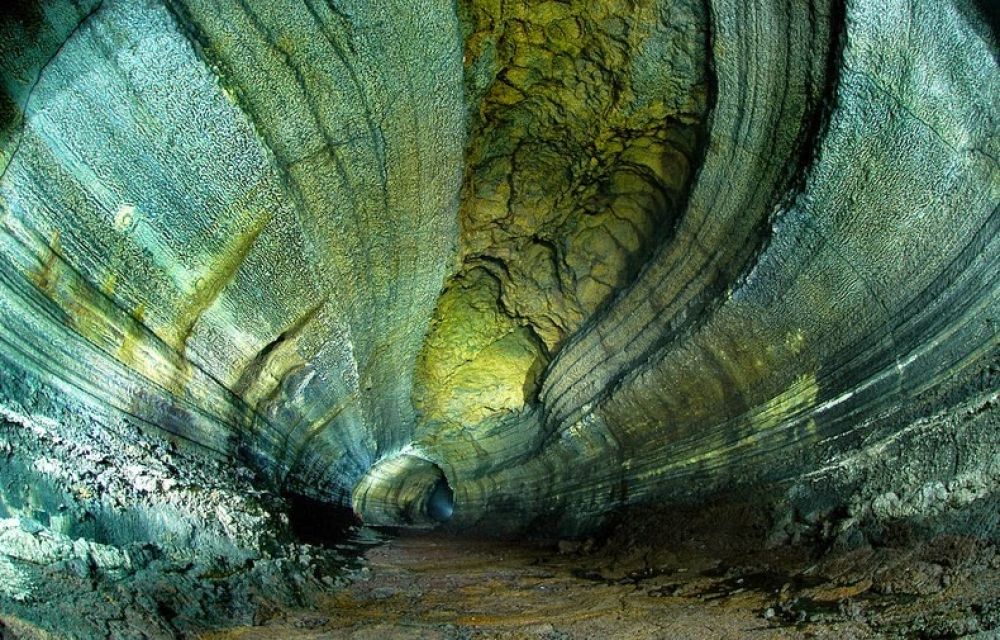The cave is known for its impressive geological features, such as the largest known lava column in the world, which stands at 7.6 meters tall. The unique lava formations, including the 'lava turtles,' 'lava raft,' and 'lava waves,' provide a fascinating glimpse into volcanic activity. There's also a natural habitat for bats and other creatures within the cave.

